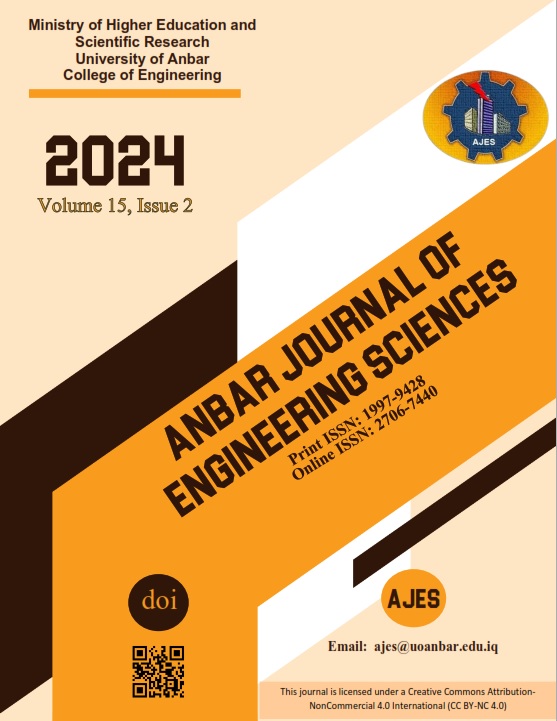Abstract
These systems show great promise by converting waste heat from photovoltaic modules into additional electrical power. The study analyzes the performance and efficiency of the hybrid PV-TEG systems under varying conditions, such as different solar concentration ratios, cooling methods, and materials. While these innovations promise to improve system efficiency, the review also identifies several challenges, including increased thermal resistance, higher system costs, and the minimal temperature difference across the TEG, which significantly limits its performance. This limitation, where the temperature differential is often too small to be effectively harnessed, reduces the TEG's overall efficiency and hinders the integrated system's potential gains. The review underscores the need for urgent and extensive research to develop optimized design configurations, durable mathematical models, and further experimental validation to ensure the practical viability of these systems under diverse environmental conditions. Despite these challenges, the potential of PV-TEG systems to revolutionize solar energy technologies is undeniable.PV-TEG performance is intricately linked to environmental conditions: higher solar radiation boosts efficiency, but increased ambient temperatures reduce it. TEGs often hinder PV cooling, yielding minimal efficiency gains. Non-uniform heat and low-temperature differences across TEGs further decrease performance. While hybrids can improve power conversion, high costs limit feasibility. However, with strategies such as enhancing solar concentration, using effective cooling methods like water or nanofluids, and advanced materials like phase change materials, the efficiency and reliability of these systems can be significantly improved

